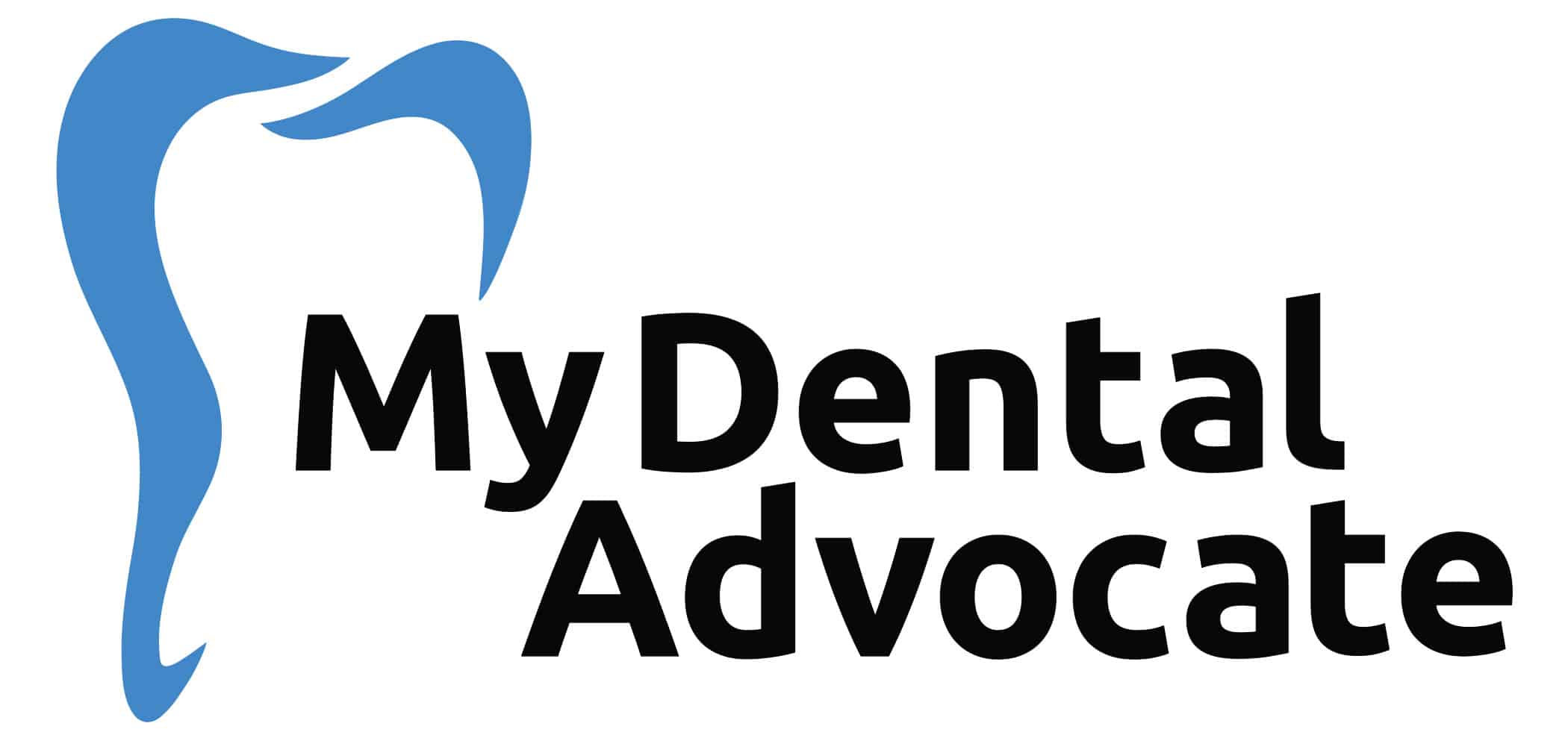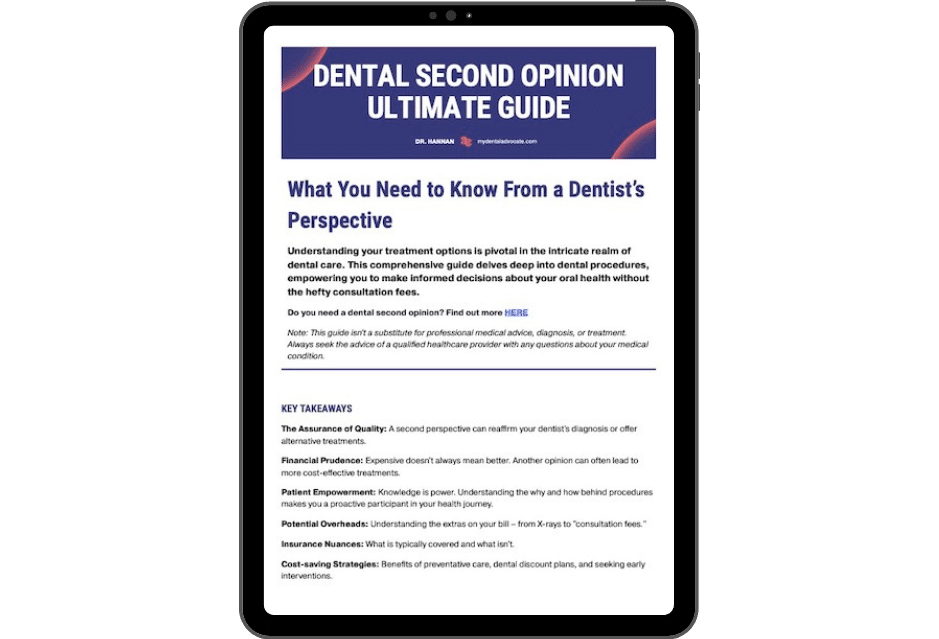What Is a Cavity? What Causes Rotten Teeth?
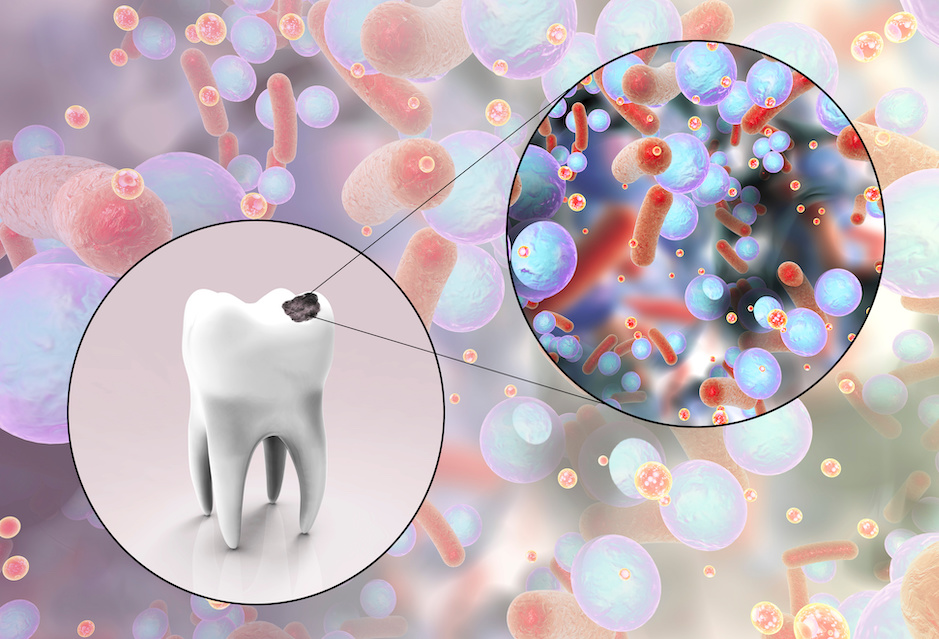
It’s no surprise that keeping your teeth healthy is important – after all, we use them to bite into crunchy apples and savor delicious steak.
But what many people don’t know is that there are several ways to protect your pearly whites from dental decay and cavities.
This post will discuss what a cavity is and some of the causes of rotten teeth. We’ll also provide some tips for keeping your smile looking its best!
Recommended Reading: Cavities | The Ultimate GuideNeed Dental Advice? Ask Dr. Hannan!
What Is a Cavity?
Cavities, also known as tooth decay, dental caries, or rotten teeth, are holes in the teeth.
The holes are created when acid attacks the tooth structure. Bacteria in the mouth consume carbohydrates that produce acid leading to an acid attack.
Tooth enamel is the hardest substance in the body. However, it can be slowly eroded by acidic beverages and foods. Once the enamel is gone, the next layer of the tooth, called dentin, is exposed.
Dentin is much softer than enamel and can be easily damaged. Also, it is more porous than enamel and decays faster.
“Acidic attacks” on teeth typically happen over time.
However, if the decay is not removed, it will continue to progress until it reaches the pulp of the tooth, which contains the nerve endings. When decay invades the pulp, it can cause pain, sensitivity, and infection. Also, harmful bacteria can exit the root and spread to other body parts.
Did you know that a cavity can heal itself? Learn how in the article below.
Recommended Reading: Can You Reverse a Cavity? (5 Simple Steps)What Causes Rotten Teeth?
Rotten teeth occur because of a variety of factors.
Each factor plays a key role! Healthy foods have fewer fermentable carbohydrates leading to less acid production. Sugar-rich foods are sticky and more difficult to clean, which leads to acid formation and attack on the teeth.
Saliva, however, will aid in removing acid if the salivary flow is sufficient.
Many medications will cause dry mouth leading to low salivary flow and decreased oral pH. Chewing sugar-free gum, using salivary stimulants (Biotene), or sipping water throughout the day will combat this process.
Lastly, some people are predisposed to cavities based on their genetic makeup and immune system response.
Key Factors
- Poor Oral Hygiene: Not brushing or flossing regularly leads to plaque and tartar buildup. This can damage tooth enamel and cause decay due to harmful bacteria.
- Sugary or Acidic Foods: High-sugar foods feed harmful bacteria, while sticky foods increase their contact time with teeth. Acidic foods weaken enamel, making teeth more cavity-prone.
- Dry Mouth: Saliva breaks down food particles and neutralizes acidity, protecting teeth. A lack of saliva can increase the risk of decay.
- Smoking: It raises the risk of oral cancer, tooth decay, and gum disease. Smoking causes dry mouth, creates an acidic environment, and weakens the immune response.
When Do Cavities Start to Hurt?
Cavities can start to hurt when the decay reaches the middle layer of your tooth, called the dentin.
The dentin houses many tiny tubes that sense changes in pressure and temperature.
These sensations are triggered by hot and cold temperatures and sweet foods and drinks. You may also feel pain when you bite down on something hard. Initially, a cavity may not cause any pain, but it’s more likely to trigger a pain response as it gets larger.

Common Symptoms
- Feel pain when you bite down
- Feel pain when you eat hot, cold, or sweet foods
- See a dark spot on your tooth
- Have sensitive teeth
- Have a toothache
- Pain that wakes you up during the night
Recommended Reading: 10 Simple Steps to Prevent Cavities (Dentist’s Perspective)
How Are Cavities Treated?
The dentist treats cavities with a filling or crown (cap), restoring the tooth to its original shape and strength.
However, a root canal may be necessary to remove the decay and save the tooth in severe cases.
No matter how cavities are treated, it is essential to see a dentist at least every six months to ensure that they are discovered during an early stage so it doesn’t become a bigger problem.
Cavities may seem like a minor issue, but they can quickly become a significant dental problem if not adequately managed.
Also, they can lead to pain in your mouth and your bank account.
When Do Cavities Need to be Filled?
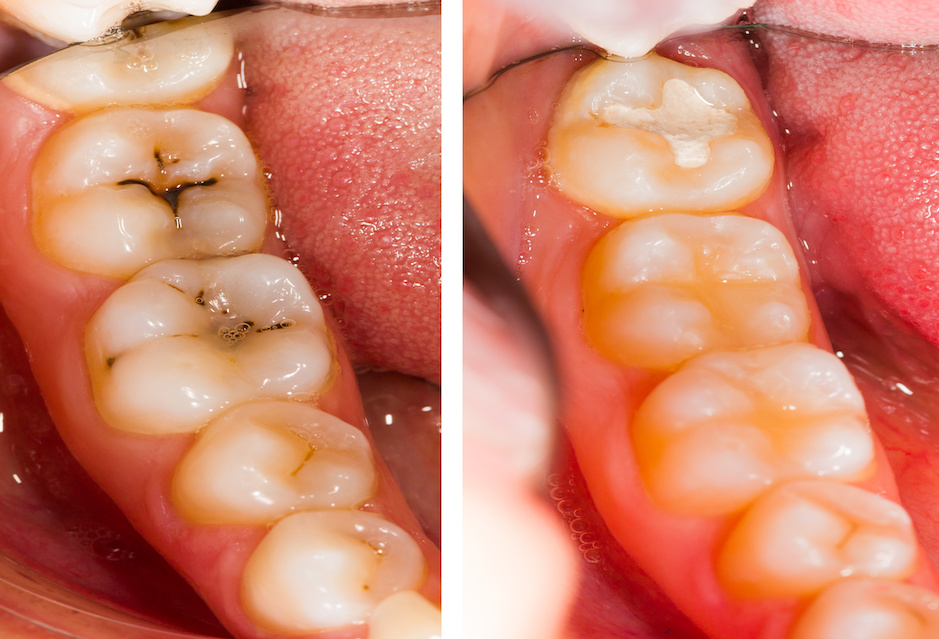
Cavities are often discovered during regular dental checkups; if you have a cavity, your dentist will likely recommend filling it.
Fillings are recommended when enough tooth structure remains to support the filling and restore the tooth to its standard shape and function.
Types of Fillings
- amalgam (silver)
- composite (tooth-colored)
- gold
- porcelain
- other metals
Different Types of Fillings
Fillings come in all shapes and sizes. =
Some are made of metal, while others are made of tooth-colored materials. The type of filling your dentist recommends will depend on the size and location of the cavity and your personal preference.
For example, fillings in back teeth are usually made of gold or porcelain because they are more stressed than fillings in front teeth.
1. Amalgam Fillings
Amalgam fillings are made of metals, including silver, copper, tin, and mercury. They are also the least expensive type of filling; however, because they are silver in color, they are more noticeable than other fillings.
Amalgam fillings are prone to weaken teeth because of excess pressure on the teeth.
The filling hole is larger at the bottom (toward the tooth’s center), so the amalgam filling mechanically locks into place after it sets. This design was due to the lack of adhesive material (unlike composite fillings) necessary to chemically seal the filling in place.
Amalgam fillings are mechanically locked in place because of the preparation design and thus can last for 20+ years. However, aged amalgam fillings may feature separation from the tooth and fracture lines in the adjacent tooth structure.
This occurs after years of thermal expansion and thermal contraction (these are big words for filling expansion and contraction due to temperature changes).
2. Composite Fillings
Composite fillings are made of a tooth-colored resin (plastic-like material) and are less noticeable than amalgam fillings. However, they are more expensive and require a more technique-sensitive process for the dentist.
Composite fillings require the preparation hole to be dry for an extending period while the dentist applies multiple applications of bonding material.
If saliva or other contaminants enter the hole, the process will need to start over.
The dentist applies a blue light that triggers a chemical reaction and hardens the filling. As a result, composite fillings will expand and contract with temperature changes, similar to amalgam fillings.
This process may lead to “leakage” (a term used to describe gaps underneath the filling).
Openings under fillings allow bacteria to penetrate, harbor, and cause destruction to the tooth.
3. Gold Fillings
Gold fillings are made of gold and other metals. They are the most expensive type of filling, but they can last 15+ years. However, gold fillings are rarely used today because it’s costly and technique-sensitive.
Other filling materials provide greater benefits and are cheaper for the dentist and the patient.
4. Porcelain Fillings
Porcelain fillings are made of tooth-colored ceramics and glass. They are more expensive than composite fillings, but they are more durable and less likely to stain because they don’t expand and contract like other fillings.
Porcelain fillings also fit more accurately because they are digitally scanned and milled from an in-office CAD/CAM unit. In addition, some materials require a “firing phase” to increase their strength and fracture potential.
Filling or Crown?
When it comes to cavities, there are two main treatment options: fillings and crowns.
Fillings are generally used for small cavities, while crowns are typically reserved for larger ones. However, the decision of which treatment to use is not always clear-cut.
The cavity’s severity, the tooth’s location, and the patient’s overall health all play a role in determining the best course of action. Generally, fillings are less invasive and more affordable than crowns but may not be as durable in the long run.
On the other hand, crowns are more expensive and time-consuming, but they may provide a more lasting solution.
Ultimately, the best way to determine which treatment is proper for you is to consult with a qualified dental professional.
How to Prevent Cavities?
Cavities are among the most common dental problems, affecting people of all ages.
Cavities occur when the hard outer layer of your tooth enamel is weakened by acid. This acid is produced when plaque (a sticky film of bacteria) breaks down the sugar in your mouth. Over time, cavities can cause your teeth to decay and even fall out.
But cavities don’t have to be a part of life – you can do plenty of things to prevent them.
The first step in preventing cavities is brushing your teeth twice daily with fluoride toothpaste. Fluoride helps to strengthen tooth enamel and make it more resistant to cavities.
It’s also important to floss daily to remove plaque between your teeth and gum line. And last but not least, be sure to visit your dentist regularly for professional cleanings and checkups.
When it comes to cavities, an ounce of prevention is worth a pound of cure!
My Experience & Expertise
Cavities are a common dental problem that can be prevented by following a few simple steps.
Brushing your teeth twice a day, flossing daily, and regularly visiting the dentist are essential for keeping your pearly whites healthy and cavity-free.
So don’t wait – start taking care of your teeth today, and you’ll be on your way to a lifetime of good oral health.
Need a second opinion? We can help! Learn more. Knowledge is power when cultivating healthy dental habits. The more informed you are, the better positioned you’ll be to prevent avoidable and potentially costly dental procedures for you and your family. Watch for future blog posts, where we’ll continue sharing important information, product reviews and practical advice!
Sources
- Centers for Disease Control and Prevention (CDC)
- MedlinePlus (NIH)
- Mouth Healthy (ADA)
- American Dental Association (ADA)

About the Author
Dr. Matthew Hannan, also known as “Dr. Advocate,” is a board-certified dentist on a mission to provide accurate dental patient education. He attended Baylor University before completing dental school at UT Health San Antonio School of Dentistry. He now lives in Arizona with his beautiful wife and 4 kids. Dr. Hannan believes everyone should access easy-to-read dental resources with relevant, up-to-date dental research and insight to improve their oral health.

Connect with Dr. Hannan!
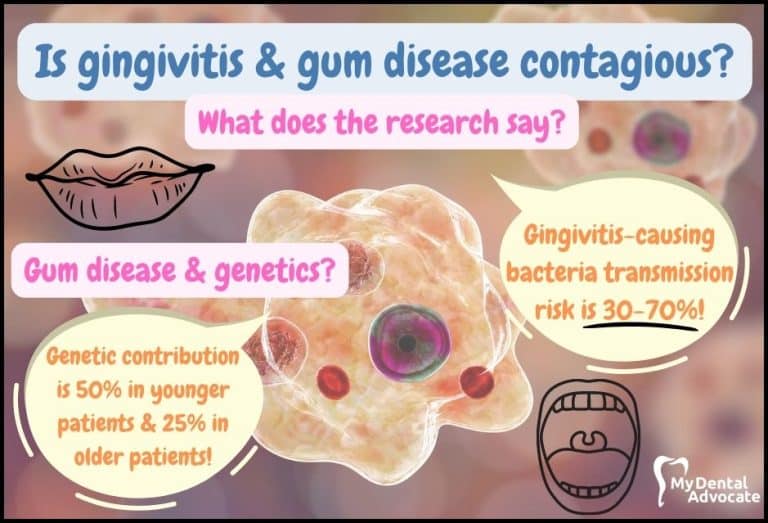
Is Gingivitis & Gum Disease Contagious? (What the Research Says 2024)
Gum disease affects nearly half of adults over 30 years old. And according to the American Dental Association (ADA), it is the number one reason people seek dental care. If left untreated, gum disease can result in tooth loss.
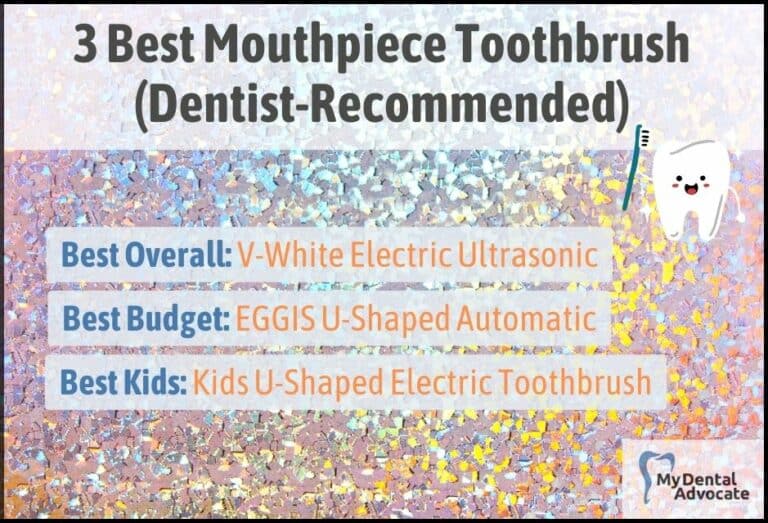
3 Best Mouthpiece Toothbrush 2024 (Dentist-Recommended)
Welcome to the cutting edge of oral hygiene, where innovation meets practicality in the form of a mouthpiece toothbrush. Gone are the days of manual brushing, where each tooth fights for its fair share of attention. In its place, a new dawn of dental care emerges: the mouthpiece toothbrush, designed for absolute coverage and unmatched convenience.
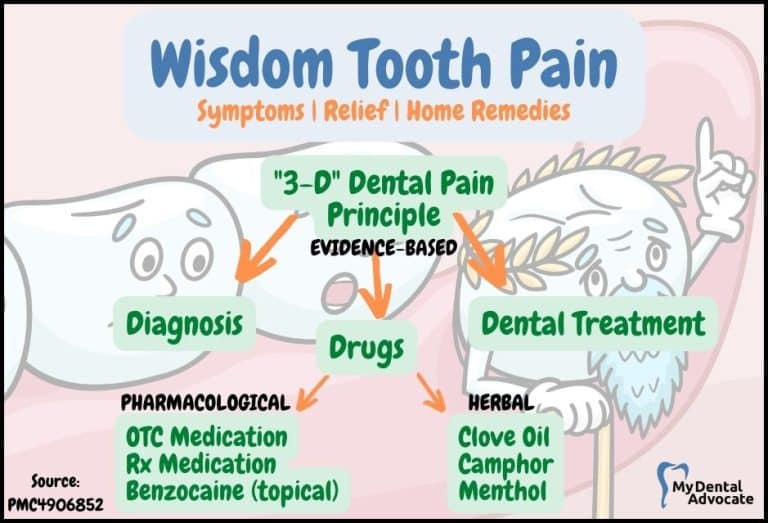
Wisdom Tooth Pain (Best Pain Relief)
My patients have described wisdom tooth pain as a debilitating throb deep within their jaw; And most are hoping to have the wisdom teeth removed ASAP. However, if you suffer from wisdom tooth pain and cannot be seen…
Gain Clarity with Our FREE Second Opinion Guide
Receive clear, expert second opinions online within 48 hours. Start today!
Product Reviews
Our 250+ dental product reviews (and counting), curated by an experienced dentist, are the most comprehensive online.
Toothbrush Genie
State-of-the-art chatbot designed to help you discover your perfect toothbrush in just a few simple steps!
Cavity Risk Assessment
Cutting-edge digital tool designed to evaluate your individual cavity risk based on your responses to a series of questions.
Gum Disease Assessment
Discover your gum disease risk with our quick and engaging 6-question assessment!
